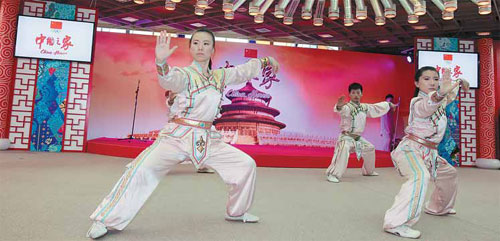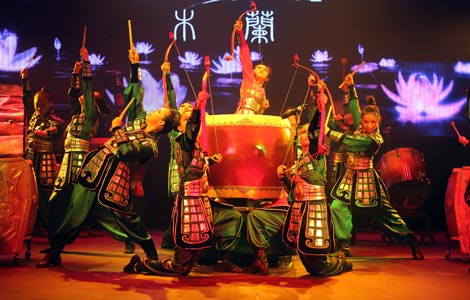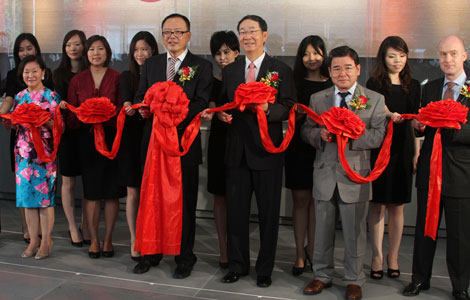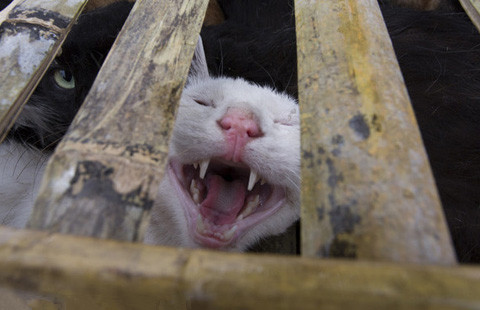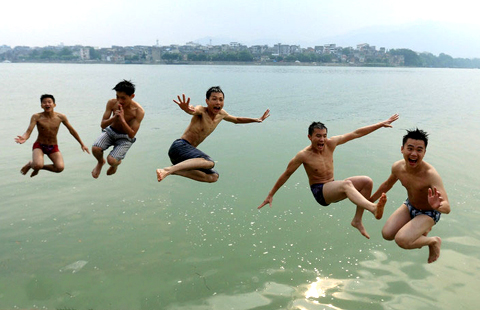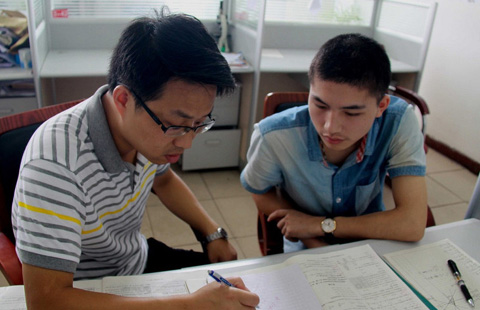All-embracing school of combat
Updated: 2014-07-04 08:45
By Sun Xiaochen (China Daily USA)
|
||||||||
A unified national wushu system aims to create a clear path into the future for the varied traditional Chinese martial arts, Sun Xiaochen reports.
The attraction of wushu's extensive and profound cultural roots in various martial arts schools has long fascinated the world, while presenting challenges to promoting it internationally due to the lack of unified standards and teaching methods.
To simplify wushu training, the State Wushu Administrative Center recently issued a 10-year plan (2014-23) to promote the Chinese Wushu Duanwei System, a hierarchical system created in 2011 that evaluates practitioners' qualifications, combat skills, theoretical knowledge and martial ethics with standardized assessment criteria and teaching materials.
The system recognizes 23 of the most popular styles, including changquan, shaolinquan and tai chi out of the 129 schools identified by Chinese Wushu Association, which compiles teaching materials, offers assessments and organizes exams at about 700 tests centers around the country.
The system grades practitioners from low to high as follows: Primary Duan (first through third), Middle Duan (fourth through sixth) and Advanced Duan (seventh through ninth). Each Duan class requires the practice of a certain number of years, a level of theoretical and practical ability, and also of martial arts ethics and etiquette.
"The system offers a scale by which practitioners can measure their level," Shao Shiwei, deputy director of CWA told China Daily.
"Textbooks featuring simplified moves of the 23 styles in the system provide unified guidance for practitioners and will reshape the traditional one-on-one mentoring method of wushu."
Pundits have hailed the system for providing understandable access for beginners.
"Diversity is the unique character of Chinese martial arts, but it is a headache as well," said Wu Bin, former technical committee director of the International Wushu Federation and mentor of kung fu star Jet Li.
"Different schools all claim wushu originated from their tradition, and debates on which style represents authentic wushu or which is the strongest never end. Now, the unified system is expected to settle everything down," said Wu.
According to the decade-long plan, the Duanwei system aims to cover about 30 percent of China's total 1.3 billion population by the end of 2023 while setting training bases at half of the International Wushu Federation's 147 member countries and regions.
The CWA trained 20,000 coaches to teach the wushu styles in the Duanwei system and will allocate at least one of them to each of more than 400 Confucius Institutes around the world.
"The plan has raised wushu promotion to the State level and includes traditional martial arts in China's mass fitness system," said Shao.
According to the CWA, 257,137 domestic practitioners and 3,409 overseas practitioners from 69 countries and regions have obtained classifications in the Duanwei system.
Contact the writer at sunxiaochen@chinadaily.com.cn
|
Chinese wushu practitioners perform at the China House during the Sochi Winter Olympic Games on Feb 9. As one of the most influential traditional Chinese sports, wushu displays are frequently performed to represent China at such overseas events. Provided to China Daily |
(China Daily USA 07/04/2014 page11)
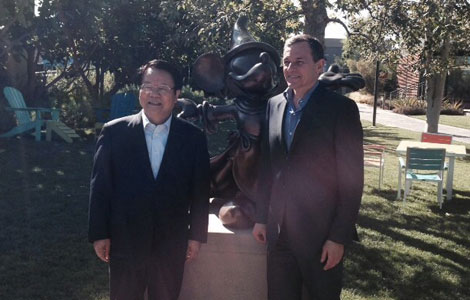
 China's Cultural Minister visits California
China's Cultural Minister visits California
 Macy's 'Fourth' show will include made-in-China fireworks
Macy's 'Fourth' show will include made-in-China fireworks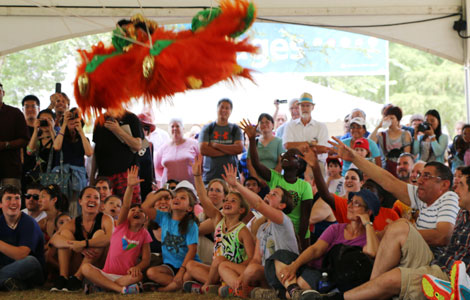
 Spotlight on Chinese culture at DC Folklife Festival
Spotlight on Chinese culture at DC Folklife Festival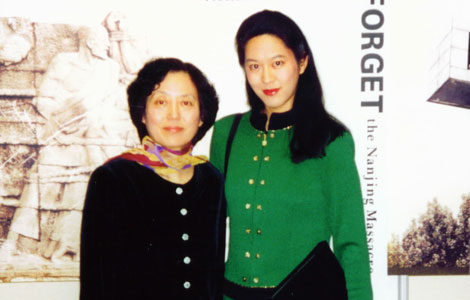
 Fulfilling a daughter's dream
Fulfilling a daughter's dream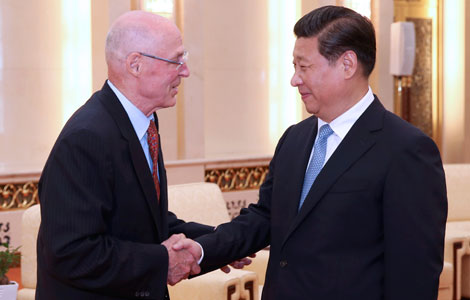
 Xi urges US to view China 'objectively'
Xi urges US to view China 'objectively'
 Xbox One readies for national debut
Xbox One readies for national debut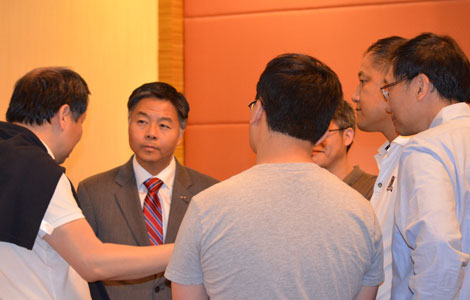
 Political plan
Political plan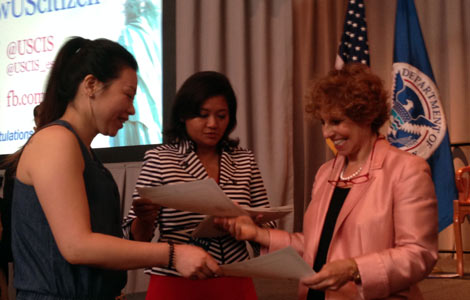
 Naturalization ceremony at New York Public Library
Naturalization ceremony at New York Public Library
Most Viewed
Editor's Picks
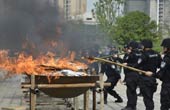
|

|

|

|

|

|
Today's Top News
Chinese tourists celebrate the 4th, by shopping
Feed additives at play in US-China beef trade
Chinese national arrested for alleged trade secret theft
Private, foreign investment to aid tourism industry
Culture the best basis for ties
Chinese turns to US for milk products
Giving voice to voiceless people
China's presence in RIMPAC 'significant'
US Weekly

|

|
